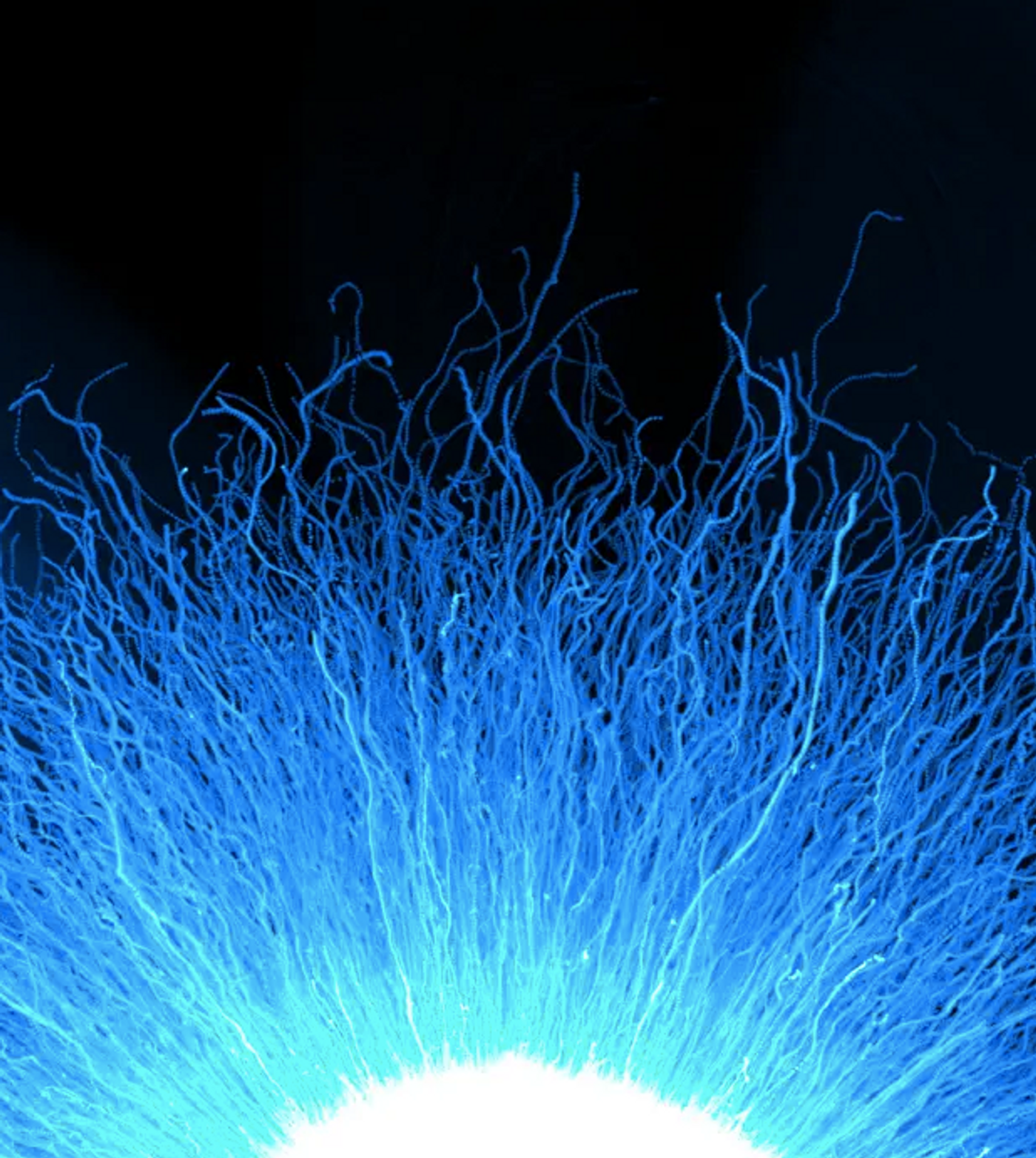How Immune Cells Can Make Their Own Movements More Effective
Immune cells have to respond to threats like invading pathogens and cancerous cells, and sometimes, they must push through tissues and move into tight spaces, and do it quickly. New work has shown that some immune cells have their own mechanisms to guide them through environments that are tough to navigate so they can reach the right place in time. This work, which has been reported in Science Immunology, may also help us learn more about boosting the natural immune response.
Dendritic cells are a type of white blood cell that are crucial to the immune response. They help link the general innate immune reaction that fights invaders broadly, and the adaptive immune response, which is aimed at very specific targets. Dendritic cells sit in tissues, monitoring it for foreign substances. If an infection is identified, the dendritic cells swing into action and signaling molecules called chemokines help them move to the lymph nodes to trigger the next part of the immune response.
Chemokine set up a gradient, which was thought to cause immune cells like dendritic cells to move toward areas with higher concentrations of chemokines. This research has challenged that hypothesis, however.
In the image above, dendritic cell movement can be seen over time during experiments (left) and simulations (right). The bias to move as a united front occurs because individual cells internalize local chemokines, creating a collective action. Video courtesy and © Hannezo group and Science Immunology.
Activated dendritic cells carry the CCR7 receptor, which can bind to a molecule called CCL19, which is found on lymph nodes. "We found that CCR7 not only senses CCL19 but also actively contributes to shaping the distribution of chemokine concentrations,” said study co-author Jonna Alanko, PhD, formerly of the Michael Sixt lab at the Institute of Science and Technology Austria (ISTA).
When dendritic cells are migrating, they absorb chemokines through the CCR7 receptor, which lowers chemokine concentrations in the area. As the levels of those signaling molecules is reduced, the dendritic cells move to areas where concentrations are higher. Thus, immune cells can produce their own cues to migrate more effectively.
The movement of dendritic cells was found to depend on both the individual cellular response to chemokines as well as the density of the cells in the tissue. With more cells comes a sharper gradient, noted study co-author and theoretical physicist Mehmet Can Ucar of ISTA.
Now we know that immune cells can respond to chemokines while also influencing their environment by taking these signals up into the cell. This research may help scientists learn more about how immune responses are coordinated, and could inform strategies to direct immune cells to specific locations, like tumors.
Sources: Institute of Science and Technology Austria, Science Immunology










